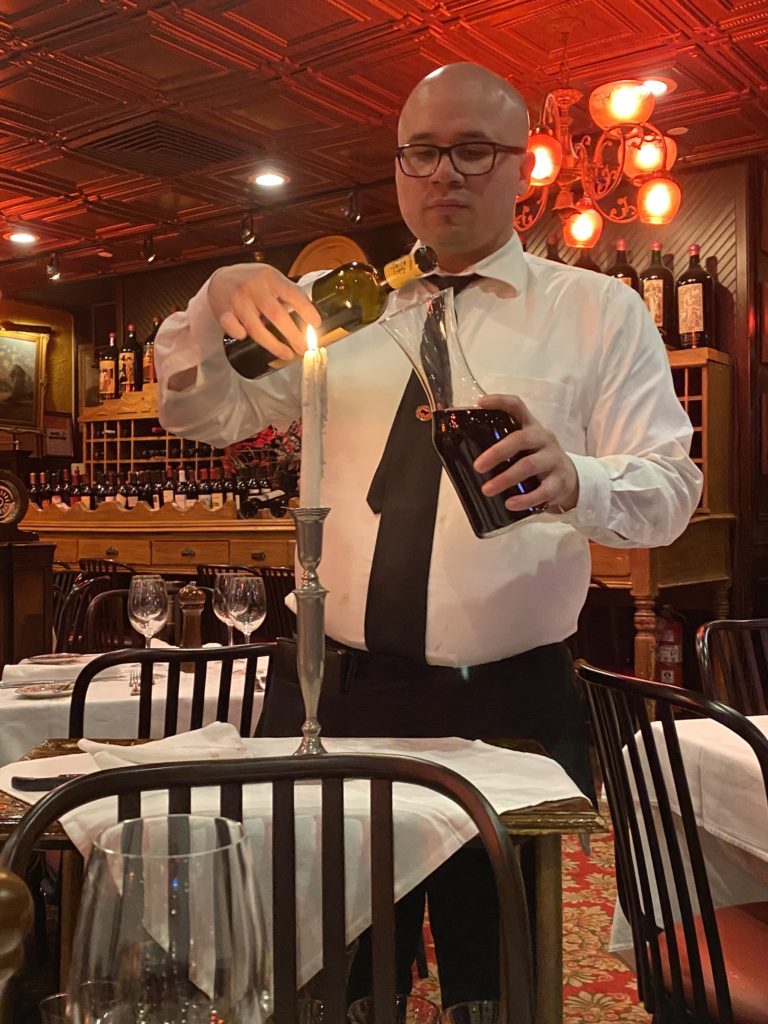Getting started (again!)
I never seem to be able to sustain posting but I’m going to try again particularly because this year, next week to be exact, I start D3 of the WSET Diploma level wine studies. If you know about WSET you know that this is the highest level of wine certification before starting on the Master of Wine level. The new diploma focuses exclusively on wine, and so D3 is about 9 months, that’s right 9 months, of directed wine study with a lot of personal study involved. I’m doing this at the same time I am doing a Master’s degree at Columbia University in Nonprofit Management. I’m pretty sure that classifies me as crazy but let’s see where this new year takes me.
I have no idea what I will do with a WSET Diploma in Wines but I’m going to give it a shot and see. So, like many others who have come before me in the diploma studies, I’ll be using my blog as a way to write down, clarify and solidify my knowledge of the wines and wine regions of the world. Feel free to join in as I explore the world of wine.
The first class focuses on the Bordeaux region of France. There is a lot of very moderately priced, easy drinking Bordeaux wines out there. They are usually classified as AOC Bordeaux or AOC Bordeaux Superieur. And before we go any further, no AOC doesn’t stand for Alexandria Ocasio-Cortez, at least not in the wine context. It stands for Appellation d’Origine Controlee – the designation in France that shows that a wine adheres to the required geographical origin, varieties and method of production for that particular region. So AOC Bordeaux and AOC Bordeaux Superieur are both fairly generic AOCs but some good wine can be had.
However, we can get much more granular in the French wine classifications, particularly those at the higher end. You may have heard of the classification of 1855. This happened when wine brokers in Bordeaux were asked to classify the wines there according to their value. This resulted in a classification of wines from the first growth, the very best down to the fifth growth, still great wines but coming in at a much more reasonable price. Here is a good article from the Wine Spectator on the classification and a list of each growth.
There is no need for the typical wine drinker to know this level of detail, but I share it primarily because I was quite pleased the other night to see a fourth growth on the menu of Spark’s Steakhouse. It was pretty reasonably priced, considering it was at a NY steakhouse, and it was lovely with our steaks. My point here is that you can find great wine, at reasonable prices if you are willing to learn just a little bit and put in a little time researching. I always check out the wine list at restaurants we plan to go to, settle on a few reasonably priced wines, and do a little web research to find out the flavor palate of the wine. This way I don’t get sold a wine that is higher than my price range and I get a nice idea of what the wine will be like before I commit to it. Try it sometime and let me know how it works out for you.
Here are a couple of pictures from our delicious dinner at Spark’s. We had a terrific time there, tender, tasty steak, great wine and a beautiful atmosphere.




Wish me luck please, both in my wine studies and also in my blog posting!